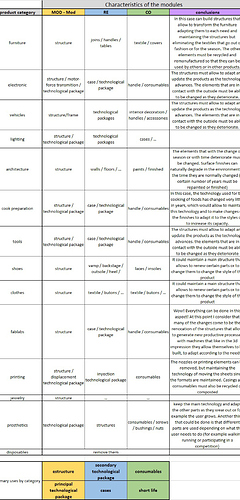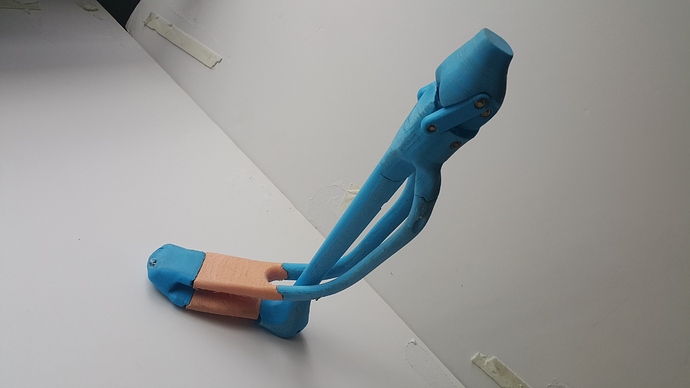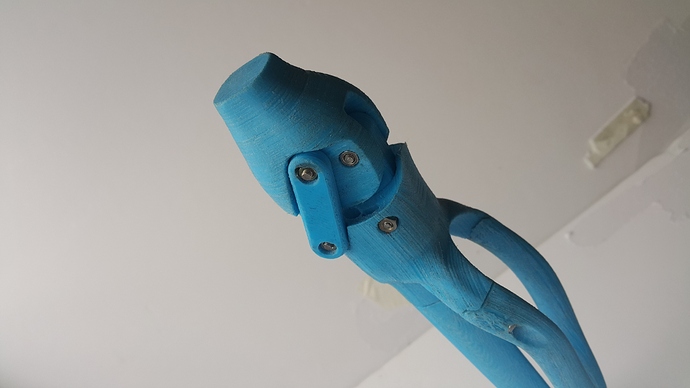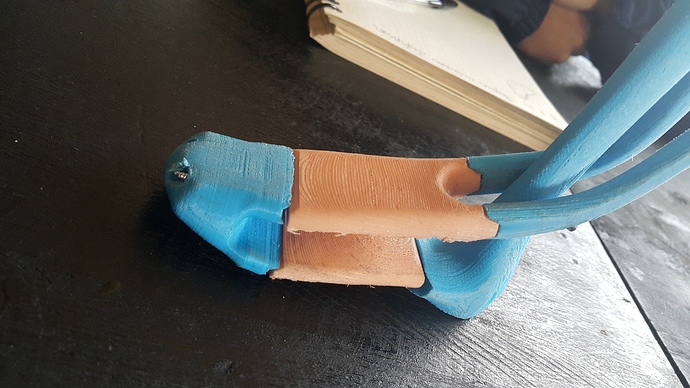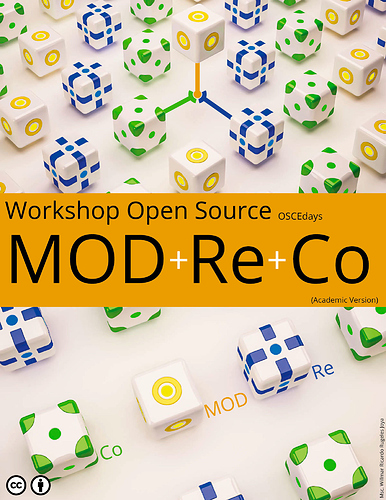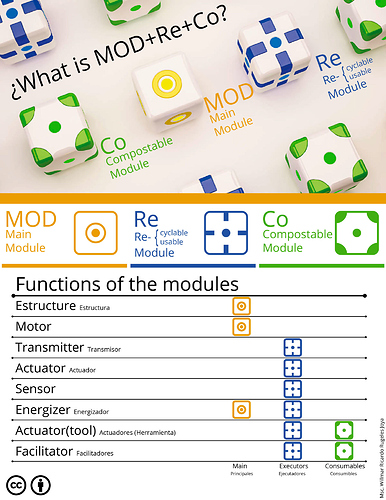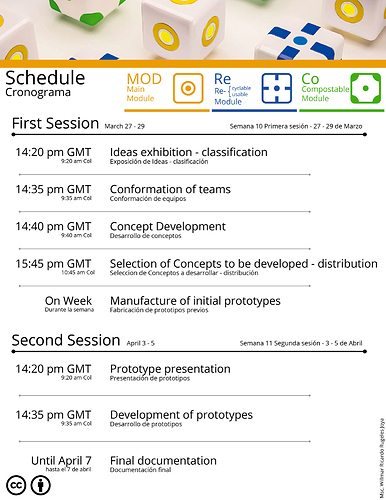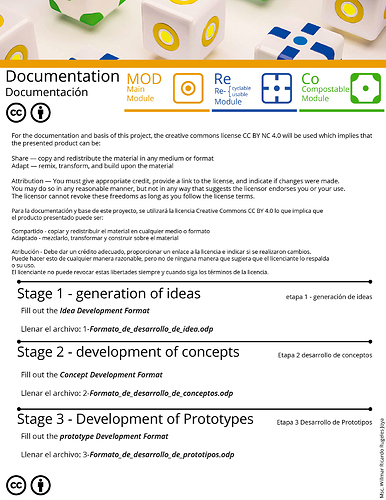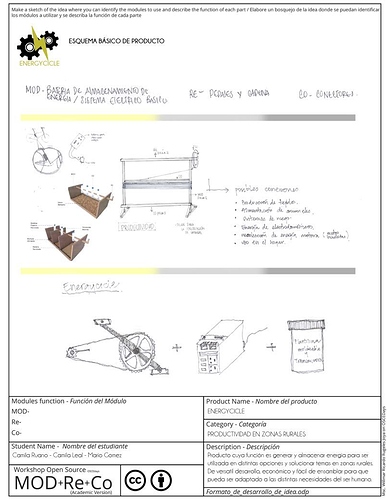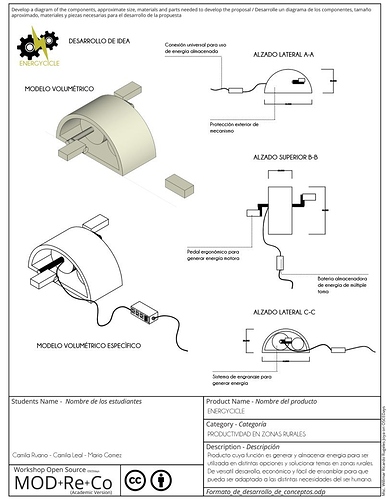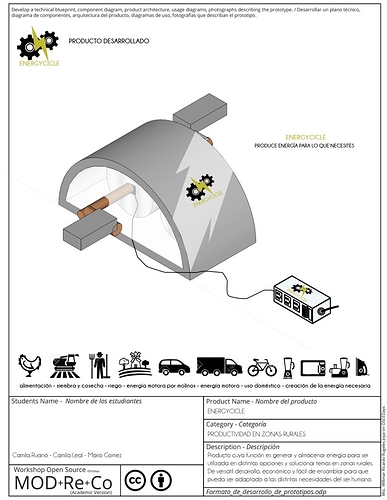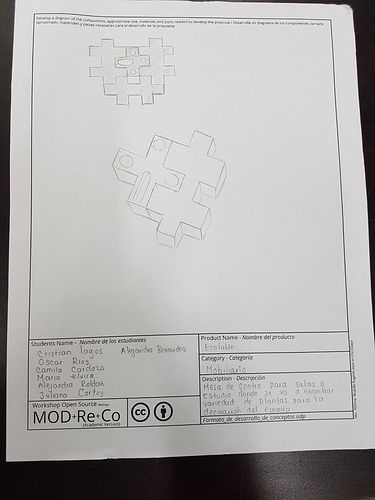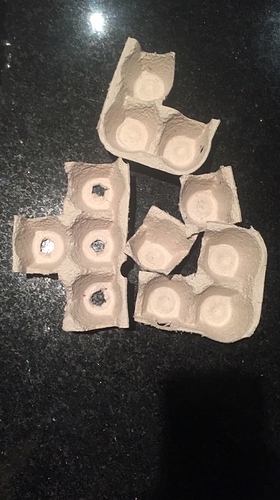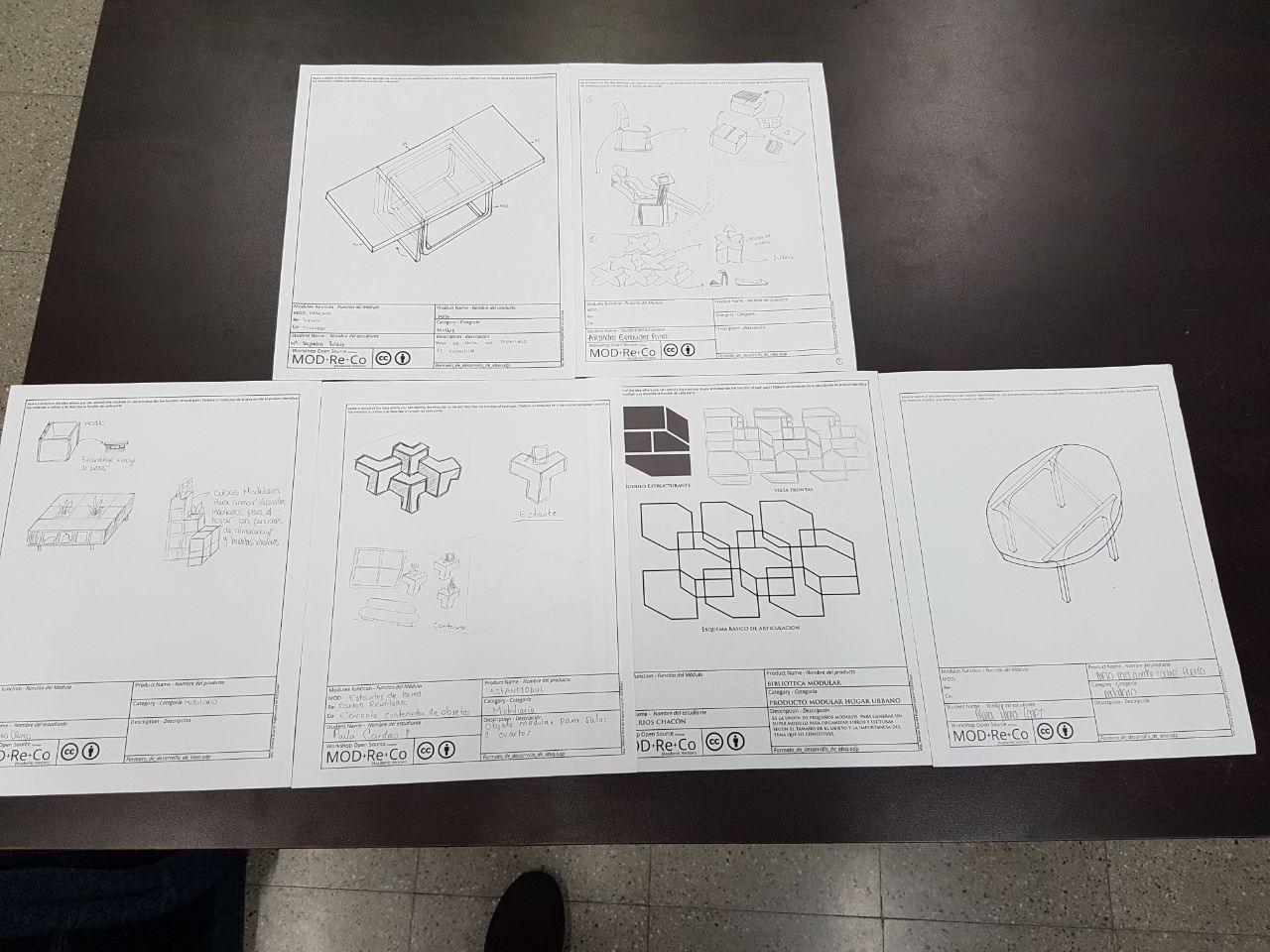#Introduction
In a discussion in November 2016 Ricardo shared his idea that a sustainable/circular product …
And he went on:
MOD or mod - being a main element, its useful life should be extended since it should serve as a matrix for new products, where possible tending to an infinite (impossible) life that allows to be used and reconfigured countless times.
Re- These parts that cannot have an extended life time, either by technical characteristics (such as being in contact with food or because they are programmed to suffer some type of wear) or because their duration can not be controlled, must be designed with materials that come from recycling processes or that come from other productive cycles.
Co- The latter are pieces that can not definitively be reused or that their materials can not be recovered. (…) Must be used for the generation of energy within the productive processes or for the production of organic materials inside or outside other productive cycles, as fertilizer that allows the growth of this organic material. The ultimate goal of this type of product should be to minimize its impact on the environment.
A last important point of this approach is that it must use associated service models that allow the recovery of these components and allow producers and customers to understand how their role is vital to the operation of the system and that the loss of materials are Reduced to the maximum.
We discovered that this is a perfect and simple frame to inspire people to come up with a circular product so we decided to turn it into an ACTION and grow a list with examples about Re-, Co- & Mod- as part of it.
So here are some hypothetical steps to do when you want to test this idea:
#STEPS
Don’t mind the order.
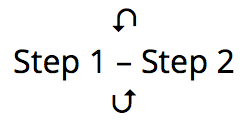
##Step 1 – Decide for materials & systems
Decide about your Co-, your Re- & your MOD-. Study the introduction above![]() and the list of examples below.
and the list of examples below.
Think about sourcing the materials and parts. Can you get your hands on them? Can you produce them yourself? Maybe you can use strategies like Urban Mining.
Study the green categories on this forum to find some inspiration. For example the open collection on modularity.
##Step 2 – Decide for a product to develop
Decide what product or object you are want to build. Can be something big or something small, something useful or just fun, something you need a present, can be a simple product or a more complex one.
Think about the tools you are going to need or use. Do you have them available? Also: do you have the necessary expertise for the design and building process or know how to get it?
Step 1 & 2 affect each other. The product might depend on the material & parts, you can get your hands on. Or the materials might depend on the product you want to build. Or the product and the materials depend on the tools you have at hand or want to use.
##Step 3 – Prototype and share
Start building it. Share information about your progress as early as possible. Go the Open Source way. Let us know about it by posting a link to your documentation or announcements below.
(How to document properly? Study the Best Practices For Open Source Hardware & the WAYS TO DOCUMENT topic for further inspiration.)
![]()
_
##Attached Resources
Check & DOWNLOAD This Overview (Preview does not show everything):
![]()
